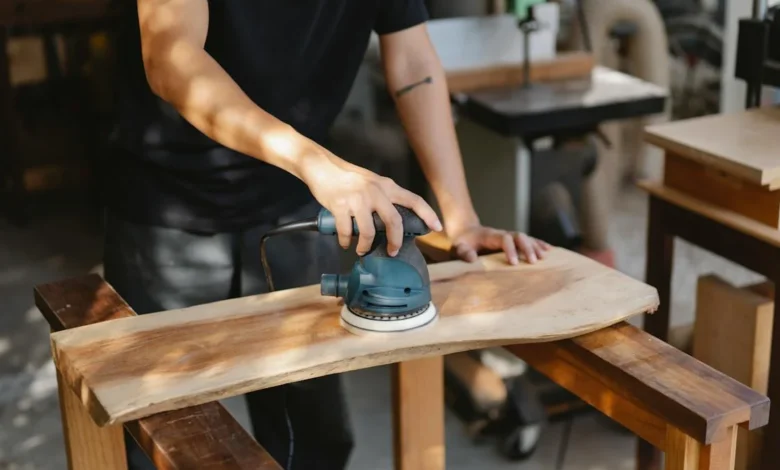The Magic of Busy Boards: How to Make the Most of Your Space

Busy boards where learning meets play in the most enriching way possible. In this comprehensive guide, we’ll delve into the myriad benefits of busy boards, explore creative ideas to incorporate them into your child’s routine, and address common questions to ensure you’re well-equipped to make the most of this educational tool.
What Are Busy Boards?
Busy boards, also known as activity boards or sensory boards, are interactive play stations designed to engage children in hands-on exploration and sensory stimulation. These boards typically feature a variety of elements such as latches, switches, knobs, and textures, offering endless opportunities for learning and discovery.
Exploring the Benefits
Busy boards are more than just entertaining toys; they serve as invaluable educational tools that promote cognitive development, fine motor skills, sensory exploration, and problem-solving abilities in young children. By engaging with different textures, colors, and shapes, children enhance their sensory perception and develop crucial skills that lay the foundation for future learning.
Incorporating Busy Boards into Daily Routine
Integrating busy boards into your child’s daily routine is easy and rewarding. Whether you’re looking to encourage independent play, stimulate creativity, or simply keep your little one entertained, busy boards offer endless possibilities for exploration and discovery.
Morning Engagements
Start the day off right by incorporating a busy board into your child’s morning routine. Place it in a designated play area where your child can explore and engage with the various elements while you prepare breakfast or tend to other tasks. This not only keeps them entertained but also encourages independent play and fosters a sense of autonomy.
Learning Through Play
Busy boards provide a dynamic platform for learning through play. Encourage your child to experiment with different elements on the board, such as counting beads, identifying colors, or sorting shapes. By making learning fun and interactive, busy boards help children develop essential cognitive skills in a supportive and engaging environment.
FAQs about Busy Boards
Q: What age range are busy boards suitable for?
Busy boards are designed to cater to a wide age range, typically spanning from infancy to early childhood. While younger infants may enjoy exploring the textures and sensory elements, older toddlers can engage in more complex activities such as sorting, counting, and problem-solving.
Q: How can I make my own busy board at home?
Creating a DIY busy board at home is a fun and rewarding project. Start by selecting a sturdy base such as wood or foam board, then gather an assortment of materials such as latches, switches, beads, and textured fabrics. Arrange the elements on the board, ensuring they are securely attached, and let your creativity run wild!
Q: Are busy boards only for indoor play?
While busy boards are often used indoors, they can also be enjoyed outdoors in suitable weather conditions. Consider setting up a portable busy board in your backyard or at the park for a refreshing outdoor play experience.
Q: How do busy boards promote sensory development?
Busy boards are designed to stimulate the senses through tactile exploration, visual stimulation, and auditory feedback. By engaging with different textures, colors, and sounds, children enhance their sensory perception and develop a deeper understanding of the world around them.
Q: Can busy boards help with fine motor skills development?
Absolutely! Busy boards offer a variety of activities that encourage fine motor skill development, such as grasping, twisting, and manipulating objects. These activities strengthen hand-eye coordination, finger dexterity, and muscle control, which are essential for tasks like writing, drawing, and self-care activities.
Q: Are busy boards safe for children to use unsupervised?
While busy boards are generally safe for unsupervised play, it’s essential to ensure that all elements are securely attached and free from potential choking hazards. Regularly inspect the board for loose parts or wear and tear, and supervise young children during play to prevent accidents.
Conclusion
busy boards offer a world of learning and exploration for children of all ages. From fostering creativity and independence to promoting cognitive and sensory development, these versatile play stations are a valuable addition to any child’s routine. By incorporating busy boards into daily play, parents can provide their children with engaging, educational experiences that lay the foundation for a lifetime of learning and discovery.
